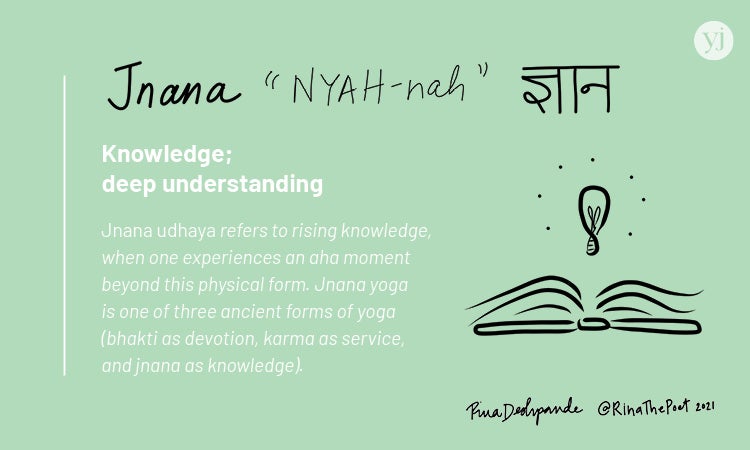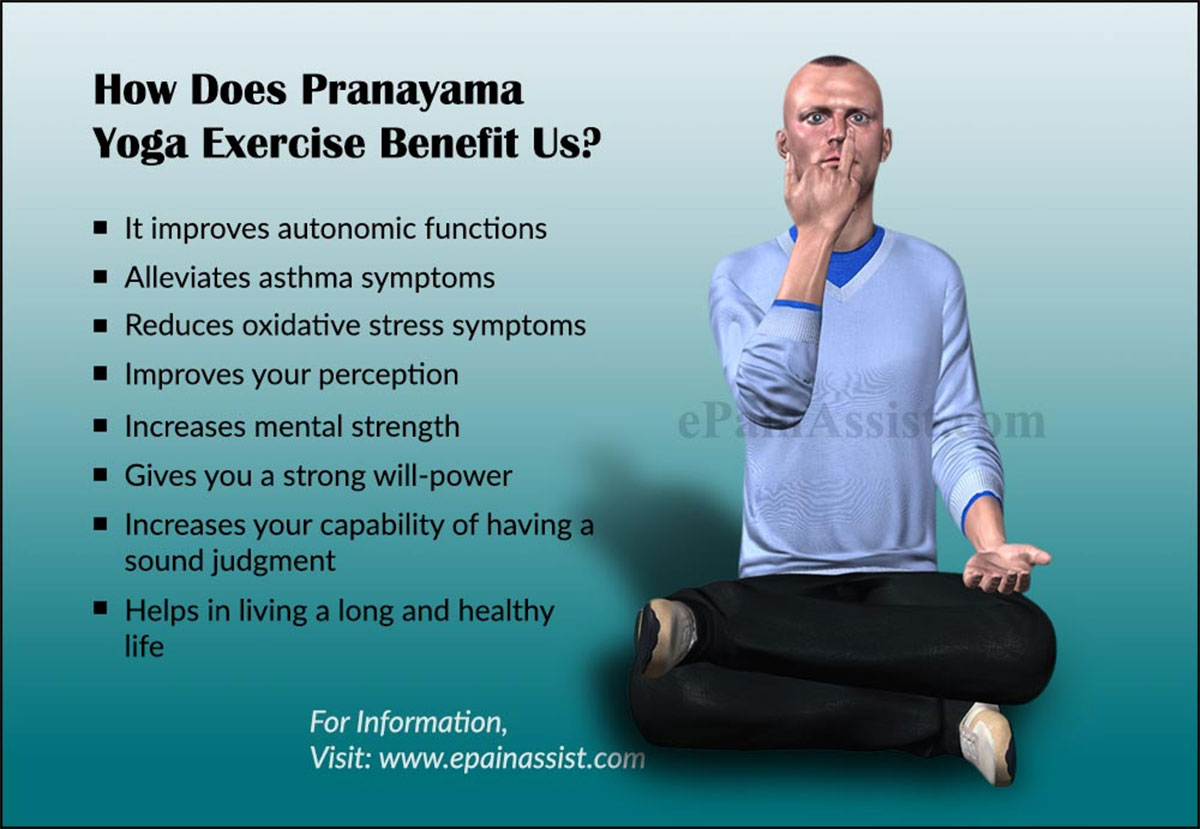
Yoga can help stroke survivors become more active and balanced, according to new research. According to Stroke Journal, Yoga may help stroke survivors regain their physical and mental health. However, yoga is not a replacement for rehabilitation. Talk to your doctor about yoga and what poses are best for you. This article will give you information about yoga and stroke patients.
A seated position is the best for stroke patients. You should keep your hands behind your knees while you are seated. Your right leg should point straight ahead, while your left foot should be bent behind. Your hips should be parallel. Take five to ten sighs before moving on to the next side. Do not push yourself too hard when you first start practicing the poses. Injuries can occur if you exercise too quickly. An easy pace is the best way to achieve a fit body.

Good exercise can help ease the physical symptoms that may accompany stroke recovery. It can also decrease the chance of long-term disability. A stroke can result in severe injury to your body. A stroke is caused by a blood clot or ruptured artery. Blood stops flowing to the brain. This causes brain cells and other organs to cease receiving the oxygen they require to function. This can cause memory loss and impaired muscle control.
This practice will improve your balance, help you regain independence, and increase your quality of your life. Studies have shown that stroke survivors can benefit from modified yoga to improve their independence and QoL. This is an inexpensive and effective way to improve motor function and balance in this group. It can also benefit your own health. It is important to know that you can do the yoga exercises in your own home. The health benefits of yoga are vast and could have a profound impact upon your quality of life.
Besides improving your health, yoga is also effective for stroke patients. Good yoga can improve your strength, mobility, and decrease your chances of developing cancer or cardiovascular disease. In addition to improving your physical health, it can help you live a longer and more productive life. It is crucial to seek medical attention as soon as possible if you have suffered a stroke. If you feel tired and have difficulty sleeping, you should consider attending a yoga class.

This study also aims at improving the quality of stroke patients' lives. Yoga can help improve their balance, as well as their gait. This team researched the benefits of yoga to stroke patients. It was found that regular yoga practice improved participants' quality of life, as well as their ability to move freely. If you have a stroke, the first step is to practice yoga daily. You can also recover faster and more easily through yoga.
FAQ
How To Lose Belly Fat Fast
There are several methods to rapidly reduce belly fat. One way to reduce belly fat fast is to eat less food, and drink lots of fluids.
A second way to boost your metabolism is by running and swimming.
To quickly reduce belly fat, avoid sitting too much. Stand up often throughout the day. This will help to burn more calories.
There is an alternative option if you've tried all of these options and still have trouble losing belly fat.
This is done by using a device called the belt. The belt is designed to fit around your waist while you are sitting down.
This will make you feel uncomfortable and allow you to move about. This encourages you to burn calories and decrease your belly fat.
Eggs are good for us.
The egg contains all the nutrients required by the human body. It helps to maintain strong bones and healthy hearts and lungs and stabilize blood pressure.
Eggs are rich in protein, vitamin A, B12 and D,E,K, as well as vitamins A,B12 and D,E,K, calcium, iron, phosphorus, manganese, copper, magnesium, and riboflavin.
The cholesterol content of egg yolks is high. However, it doesn't contain saturated fat. Eggs contain less saturated fat than most other foods.
In addition, they are low in sodium and calories. They are very versatile and can be cooked any way you'd like. You can cook them in many ways, including poaching, boiling, hard-boiling, baking, and scramble.
They are delicious and very easy to prepare.
You should eat at least two whole eggs per day. Avoid eating eggs.
Essential nutrients are provided by eggs. You can add eggs to your daily diet now.
How quickly can I transform my body?
Change your mindset is the first step. It is important to first make the decision to change.
Once you decide that you want to change, it is time to set a minimum of 3 months' commitment to your fitness goals.
Then you need to find a program that fits into your lifestyle.
Realistic expectations are also important. Don't spend your hard earned money on a gym membership if you don't have the motivation to work hard.
Instead, spend your free time exercising outdoors.
Walk around your block for an hour every day to burn calories and help you lose 1 lb per month.
Now that you are clear about what you want to do, plan how you will organise your life around this plan.
This includes scheduling a time to exercise each morning before you leave for work and taking breaks throughout the day so that you can move.
Finally, you should reward yourself when you reach milestones. You could buy accessories or clothes that reflect your achievements.
Statistics
- According to the American Heart Association, blood pressure should be checked at least once every two years, beginning at age 20. (my.clevelandclinic.org)
- Cardmembers earn 5% Back at Amazon.com with a Prime Credit Card. (amazon.com)
- According to the American Academy of Dermatology (AAD), men over 50 are at a heightened risk of developing it. (healthline.com)
- Candidates and applicants must pass all four tests at 70% (minimum level) to graduate from Basic Deputy U.S. Marshal (BDUSM) Training. (usmarshals.gov)
- 10 pounds in a month is likely during a lean bulking phase, especially for beginners. (muscleandstrength.com)
External Links
How To
How can I exercise to burn fat?
Exercise burns calories through increased metabolism and oxygen consumption.
You'll lose weight safely if you exercise at moderate intensity.
These are some tips to help you lose fat while working out:
-
Cardio exercises like walking, running (or jogging), swimming, cycling, running, and/or elliptical training are all good options.
-
Three times per week, exercise for 30 minutes.
-
Add strength training to your workouts if you are looking to lose more weight.
-
Avoid intense workouts. You can build muscle without having to lose muscle tissue.
-
During exercise, drink plenty of water. Water helps to flush out toxins from the body and maintains proper hydration.
-
After exercising, consume low-fat protein smoothies. Protein shakes repair muscles and increase energy.
-
Smaller meals are better for you.
-
Don't skip breakfast! You can feel tired and slow if you skip breakfast.
-
Take care of yourself mentally. Stressful situations can slow metabolism.
-
Keep a positive attitude. Studies show that overweight people are more likely to be obese than those who perceive themselves as attractive.
-
Get enough sleep. It is harder to lose fat if you don't get enough sleep.
-
Stay active. Be sure to get up and move around every hour or two.
-
Maintain a healthy diet. Healthy eating will keep you fuller and more satisfied for longer.
-
Relaxation is possible by finding ways to relax. Your body won't release stress hormones that cause muscle tissue destruction if you have a tense mind.
A balanced diet contains all necessary nutrients for growth and development.
Instead of eating three large meals a day, eat six smaller meals every day. This gives your body more time to digest the food you eat.
For strong bones to be maintained, you need approximately 500mg of calcium per day. Calcium is found in dairy products like yogurt, fortified milk beverages, orange juices, cereals and bread.
Calcium comes from leafy green vegetables, beans, tofu, nuts, seeds, and cheese.
Vitamin D is required by the body to absorb calcium. Vitamin D can also be found in some fortified foods such as eggs, fish, and yolk.
Vitamin E is essential for skin health. It's found in vegetable oils, wheat germ oil, peanuts, almonds, sunflower seeds, and corn.
Your body requires zinc for normal immune function and wound healing. Zinc is found in oysters, legumes, meats, whole grains, and seafood.
Zinc deficiency may cause fatigue, loss appetite, depression, and impaired immunity.
Consuming too much sugar can cause insulin resistance. This causes an increase in blood glucose levels. Insulin resistance leads directly to weight gain.
Insulin resistance develops when there are high levels of free radicals in the bloodstream. Free radicals are molecules that have unpaired electrons, which can cause damage to cell membranes or other parts of your body.
Free radicals come mainly from food additives, pesticides, herbicides, preservatives, smoking, air pollution, radiation, chemicals in cosmetics, lotions, and household cleaning supplies.
Free radical damage may lead to cancer, heart disease diabetes, arthritis, asthma and other conditions.
The best way to avoid free radicals is to eat a balanced diet high in antioxidants. Antioxidants protect against oxidative damage.
Antioxidant vitamins include Vitamin C (found in citrus fruits), beta carotene (found in carrots, sweet potatoes, spinach, broccoli, cantaloupe, apricots, squash, mangoes, peaches, peppers, tomatoes, cabbage, cauliflower, kale, Brussels sprouts, collard greens, watermelon, and strawberries), and Vitamin E (found in nuts, olive oil, avocados, and eggs).
Additional antioxidant nutrients include selenium and copper, manganese and zinc.
Selenium protects cells against oxidative damage from free radicals. Selenium can be found in Brazil nuts and liver, kidneys, liver, kidneys, shrimp, cod, turkey and lamb as well as chicken.
Copper protects the brain, eyes, lungs, and red blood cells. Copper is also found in poultry, meat, and organs.
Manganese is an essential component of bone structure. Manganese can be found in brown rice and spinach as well as bananas, prunes raisins, oatmeal, lentils, and oatmeal.
Zinc is important for healthy growth, reproduction, and wound-healing. Zn is found in lean cuts of meat, white fish, poultry, and eggs.